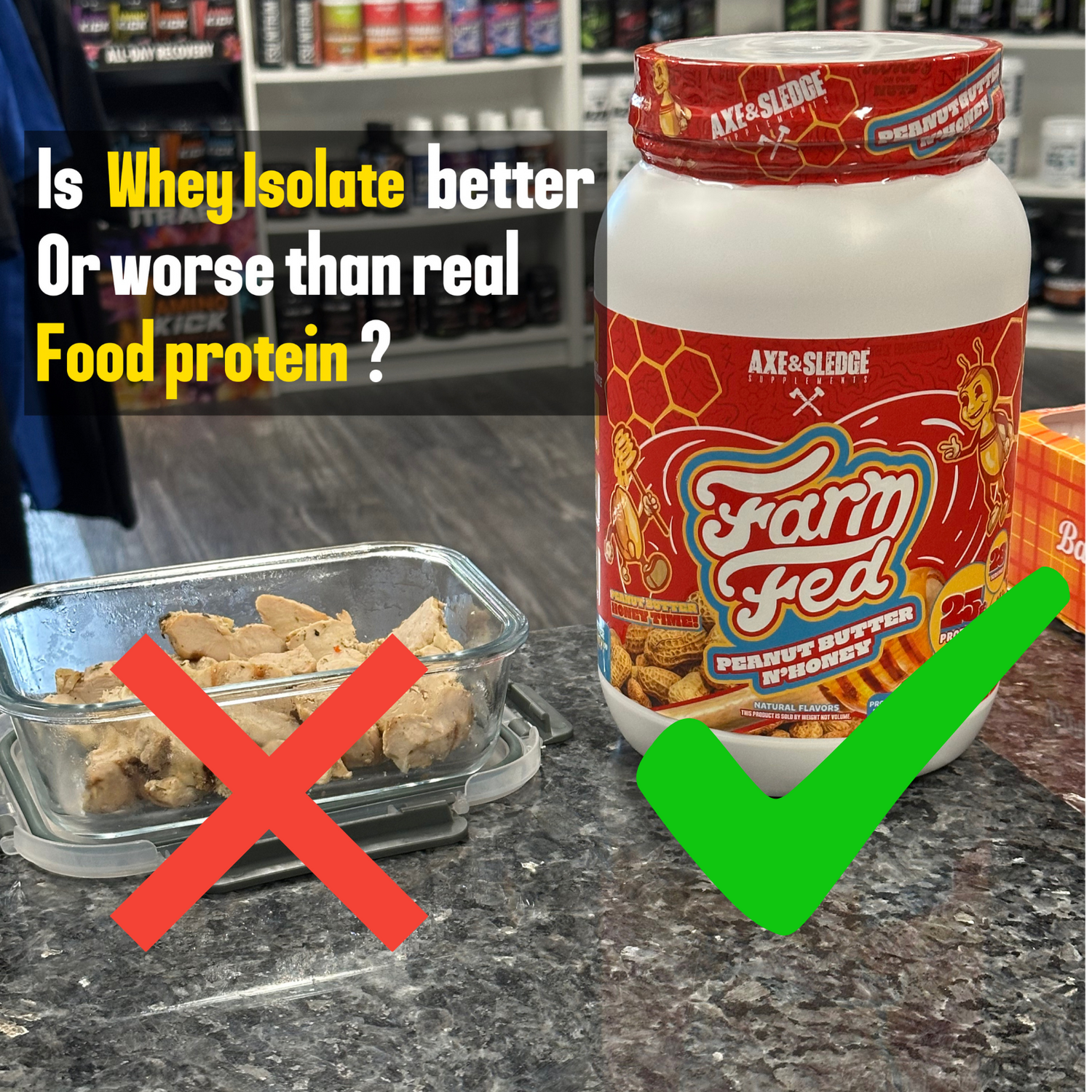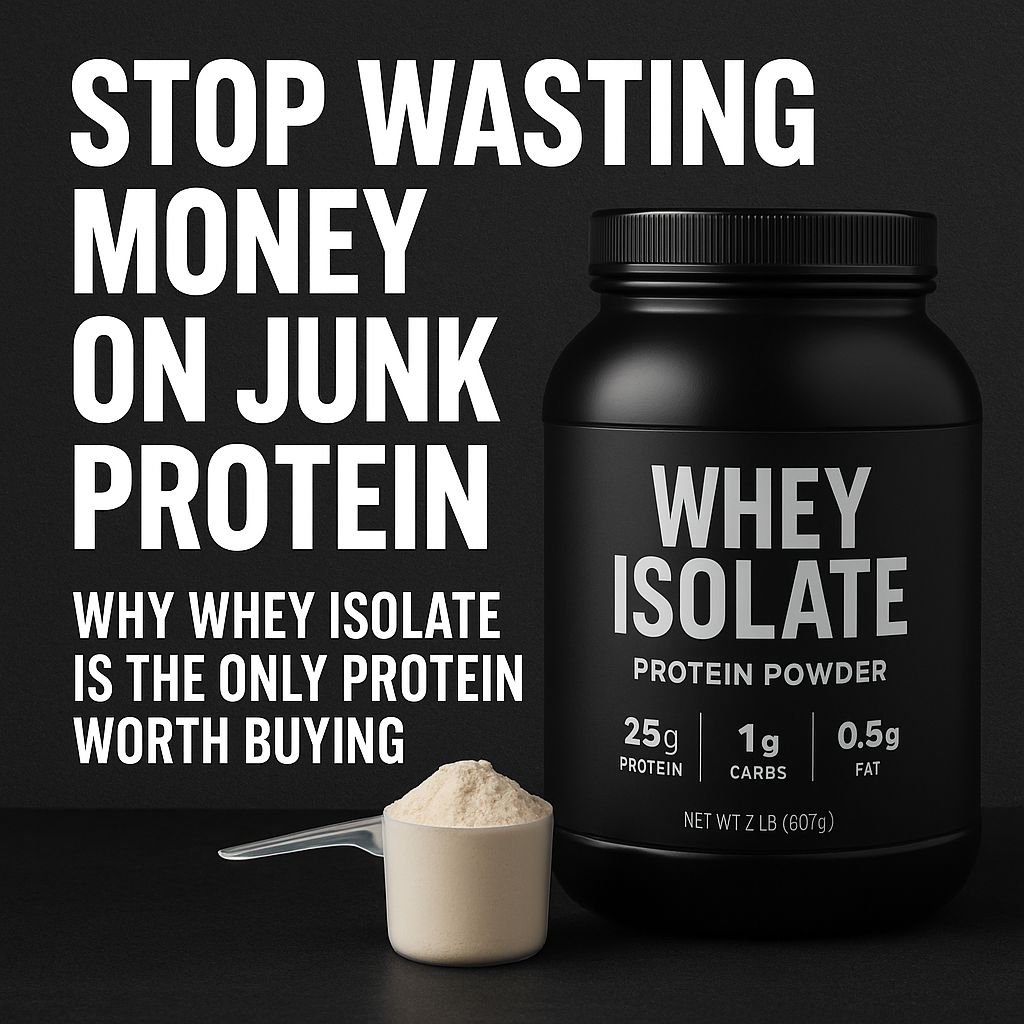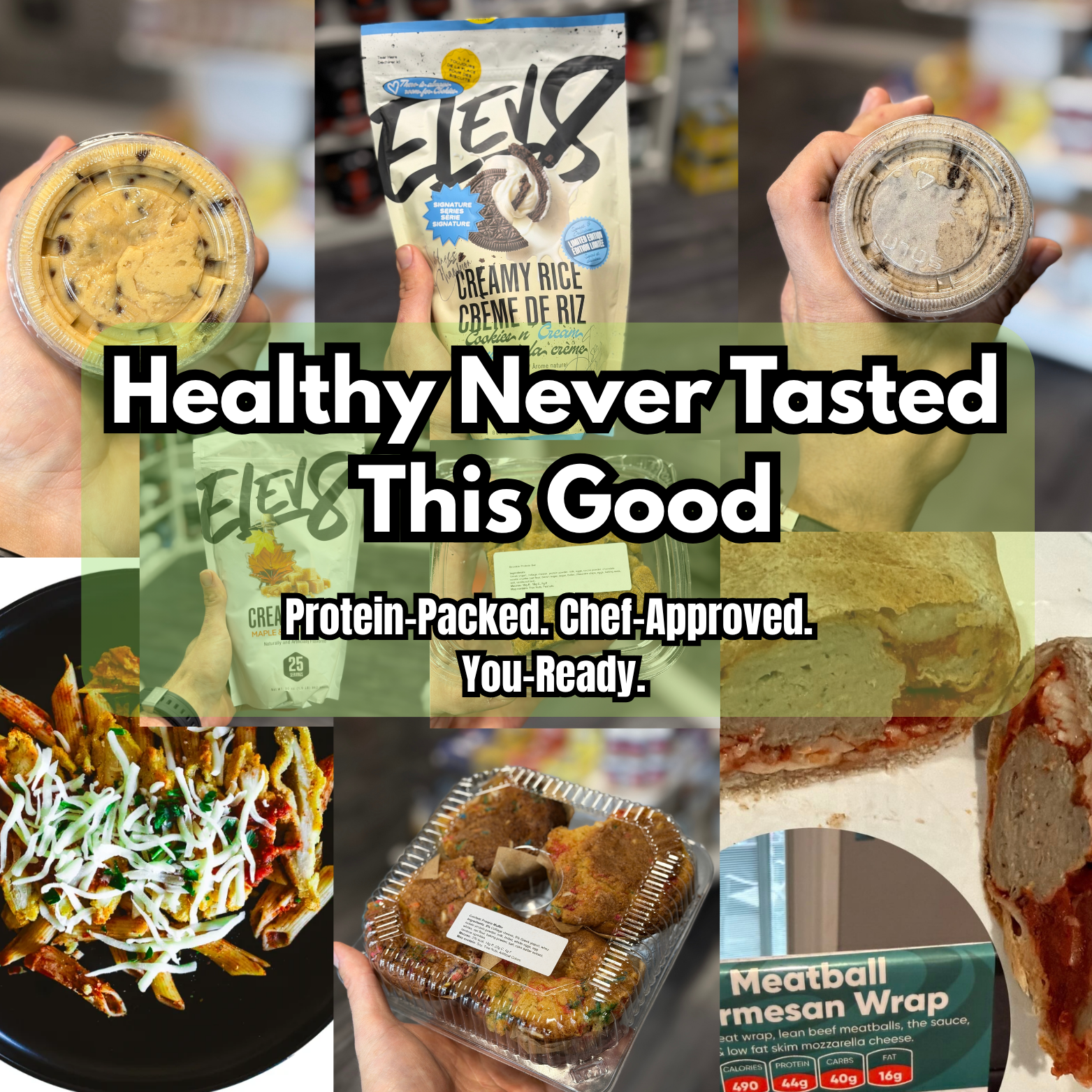Ultimate Guide to Protein Quality: Comparing PDCAAS, DIAAS, and Amino Acid Profiles of Top Sources
Posted on August 27, 2025 | By [Your Name/Website] | Nutrition & Fitness
Hey everyone! If you're into fitness, meal prepping, or just trying to optimize your diet, you've probably heard buzzwords like PDCAAS and DIAAS thrown around when talking about protein. But what do they really mean, and how do your favorite protein sources stack up? In this comprehensive guide, we'll break it down step by step. We'll compare popular animal and plant-based proteins using these key metrics, dive into essential amino acid (EAA) profiles, and share tips on choosing the best ones for your needs.
Whether you're a gym rat chasing gains, a vegan looking for complete proteins, or someone balancing a busy lifestyle, understanding protein quality can make a huge difference in muscle repair, energy levels, and overall health. Let's get into it!
What Are PDCAAS and DIAAS? A Quick Primer
Before we jump into the comparisons, let's clarify these terms. Protein quality isn't just about how much protein you eat—it's about how well your body can digest and use it.
- PDCAAS (Protein Digestibility-Corrected Amino Acid Score): This is the older standard from the FAO (1991). It scores proteins based on their amino acid composition compared to human needs, multiplied by digestibility (measured via fecal analysis). Scores are capped at 1.0 (100%), so it doesn't distinguish between "perfect" proteins. It's simple but can overestimate quality for some foods.
- DIAAS (Digestible Indispensable Amino Acid Score): The newer, gold-standard metric from the FAO (2013). It uses ileal digestibility (absorption in the small intestine) for each essential amino acid, without capping scores. This makes it more accurate, especially for distinguishing high-quality proteins like whey from others. It's particularly useful for vulnerable groups like kids or the elderly.
Why does this matter? A high score means better bioavailability—your body gets more bang for its buck. Animal proteins often dominate, but smart plant combos can close the gap.
Top Protein Sources Compared: PDCAAS and DIAAS Scores
I've pulled together data from trusted sources like FAO reports, peer-reviewed studies (e.g., Mathai et al., 2017), and nutritional databases to compare 15 common protein sources. These include meats, dairy/supplements, eggs, legumes, grains, and more. Remember, values can vary slightly based on preparation (e.g., raw vs. cooked) or processing, but these are reliable averages for adults/children over 3 years old.
Here's the breakdown in a handy table. The "Limiting Amino Acid" shows what's holding back the score—key for supplementation or blending.
| Protein Source | Category | PDCAAS (Truncated) | PDCAAS (Untruncated) | DIAAS (%) | Limiting Amino Acid (for DIAAS) | Notes |
|---|---|---|---|---|---|---|
| Whey Protein Isolate | Dairy/Supplement | 1.00 | 1.03-1.13 | 118 | Histidine | Highest overall; fast-digesting, ideal for muscle synthesis. |
| Egg (Whole) | Animal | 1.00 | 1.00 | 113 | None (complete) | Reference standard; high bioavailability. |
| Milk (Whole/Skim) | Dairy | 1.00 | 1.21 | 106-122 | SAA/Threonine | Excellent for growth; nontruncated exceeds egg. |
| Casein | Dairy/Supplement | 1.00 | 1.19 | 105-109 | SAA | Slow-digesting; pairs well with whey. |
| Beef (Lean) | Meat | 0.92 | 0.92 | 102 | None (complete) | High in iron/B12; cooked values slightly lower. |
| Chicken Breast (Cooked) | Meat | 0.95-1.00 | 0.95-1.00 | 108 | Tryptophan | Lean, versatile whole food. |
| Pork Meat | Meat | 0.92 | 0.92 | 100+ | None | Similar to beef; varies by cut. |
| Soy Protein Isolate | Plant/Legume | 0.91-1.00 | 1.01 | 91-105 | SAA | Best plant option; complete but lower methionine. |
| Pea Protein Concentrate | Plant/Legume | 0.64-0.89 | 0.64-0.89 | 64-73 | SAA | Good leucine; combine with rice for completeness. |
| Lentils (Cooked) | Plant/Legume | 0.52-0.68 | 0.52-0.68 | 55-65 | SAA/Methionine | Affordable; high fiber but low digestibility (~78%). |
| Soybean Meal/Flour | Plant/Legume | 0.91 | 1.00 | 74-85 | Lysine/SAA | Processed form; better than whole soy for some. |
| Brown Rice Protein | Grain | 0.59 | 0.59 | 59 | Lysine | Low lysine; complements legumes. |
| Wheat (Whole Grain) | Grain | 0.40-0.50 | 0.40-0.50 | 42-48 | Lysine | Common staple; combine with dairy/legumes. |
| Corn (Flour) | Grain | 0.50-0.60 | 0.50-0.60 | 50 | Lysine/Tryptophan | High in leucine; poor standalone. |
| Potato Protein Isolate | Plant/Other | 0.90 | 0.90 | 100+ | Histidine | Rare high plant scorer; limited availability. |
Key Takeaways from the Table:
- Animal Proteins Rule the Roost: Whey isolate tops the list at 118% DIAAS—perfect for post-workout shakes. Eggs and milk are close behind, making them great everyday choices.
- Plant Powerhouses: Soy isolate is the standout vegan option (up to 105% DIAAS), but most plants score lower due to incomplete profiles or lower digestibility. Don't worry—blending fixes that!
- Pro Tip: For vegans or plant-focused diets, aim for DIAAS >80% by combining sources (e.g., pea + rice = ~90% DIAAS).
Essential Amino Acid Profiles: The Building Blocks
Proteins are made of amino acids, and the nine essential ones (EAAs) are the stars—your body can't make them, so you need them from food. We're comparing them in mg per gram of protein, benchmarked against WHO/FAO adult requirements (total ~224 mg/g needed). Focus on branched-chain amino acids (BCAAs: leucine, isoleucine, valine) for muscle growth.
This table spotlights a selection of sources. Animal proteins pack more total EAAs (~380-430 mg/g), while plants hover at ~210-370 mg/g. All exceed minimums, but balance is key.
| EAA (mg/g protein) | Chicken Breast | Whey Isolate | Soy Isolate | Pea Isolate | Brown Rice | Egg (Whole) | Beef (Lean) | Milk (Whole) | Lentils (Cooked) | WHO Adult Req. |
|---|---|---|---|---|---|---|---|---|---|---|
| Histidine | 37 | 18 | 26 | 25 | 24 | 24 | 35 | 27 | 26 | 15 |
| Isoleucine | 48 | 73 | 49 | 45 | 42 | 54 | 47 | 62 | 40 | 30 |
| Leucine | 82 | 114 | 78 | 83 | 82 | 87 | 80 | 95 | 70 | 59 |
| Lysine | 95 | 108 | 63 | 71 | 36 | 70 | 85 | 81 | 65 | 45 |
| Methionine (+Cys) | 46 (SAA) | 48 (SAA) | 26 (SAA) | 16 (SAA) | 38 (SAA) | 57 (SAA) | 45 (SAA) | 33 (SAA) | 16 (SAA) | 22 (SAA) |
| Phenylalanine (+Tyr) | 70 | 50 | 79 | 55 | 72 | 72 | 65 | 67 | 60 | 30 (aromatic) |
| Threonine | 44 | 77 | 38 | 36 | 35 | 47 | 42 | 44 | 32 | 23 |
| Tryptophan | 12 | 21 | 13 | 10 | 12 | 17 | 11 | 14 | 8 | 6 |
| Valine | 51 | 64 | 49 | 50 | 54 | 68 | 50 | 66 | 45 | 39 |
| Total EAAs | ~435 | ~523 | ~371 | ~371 | ~355 | ~396 | ~410 | ~429 | ~362 | ~224 |
Insights from the Profiles:
- Whey and Egg Dominate BCAAs: Leucine hits 114 mg/g in whey—double the requirement! This is why athletes love it for recovery.
- Chicken and Beef for Balance: Great all-arounders with solid lysine and total EAAs, plus bonus nutrients like B vitamins and iron.
- Plant Challenges and Wins: Soy and pea shine in leucine (78-83 mg/g, rivaling whey), but grains like rice are lysine-poor (36 mg/g). Legumes lack methionine. Solution? Mix 'em—rice + lentils boosts total EAAs to ~45% and DIAAS to 80+.
- SAA (Sulfur Amino Acids): Methionine + cysteine is often the plant bottleneck; animal sources handle it effortlessly.
How to Choose and Use These Proteins in Your Diet
Now that you've got the data, here's how to apply it:
- For Muscle Building/Athletes: Go for high-DIAAS options like whey isolate or eggs. Aim for 20-40g post-workout with plenty of leucine.
- Vegan/Vegetarian Diets: Prioritize soy or pea isolates. Blend grains and legumes (e.g., quinoa + beans) for completeness. Fortified products help too.
-
Daily Recommendations: Shoot for 0.8-1.2 protein per lb body weight. Quality trumps quantity—focus on variety to hit all EAAs. (if in a deficit, higher end recommended
- Caveats: Cooking can tweak scores (e.g., overcooking meats lowers lysine). Plants have fiber perks but antinutrients—cook or soak to maximize absorption. For kids or seniors, stick to >100% DIAAS sources.
Final Thoughts: Protein Quality is Your Secret Weapon
Whether it's chicken breast for a quick meal or whey for a shake, choosing high-quality proteins ensures you're fueling your body right. Animal sources like whey (118% DIAAS) and eggs (113%) lead the pack, but plants like soy (up to 105%) prove you don't need meat for top-tier nutrition. Experiment with blends to keep things exciting and sustainable.
What’s your go-to protein source? Drop a comment below—I’d love to hear! If you found this helpful, share it with a friend or subscribe for more nutrition deep dives. Stay strong!
Sources: FAO (2013), Mathai et al. (2017), van Vliet et al. (2015), USDA databases. Always consult a pro for personalized advice.




Leave a comment
This site is protected by hCaptcha and the hCaptcha Privacy Policy and Terms of Service apply.